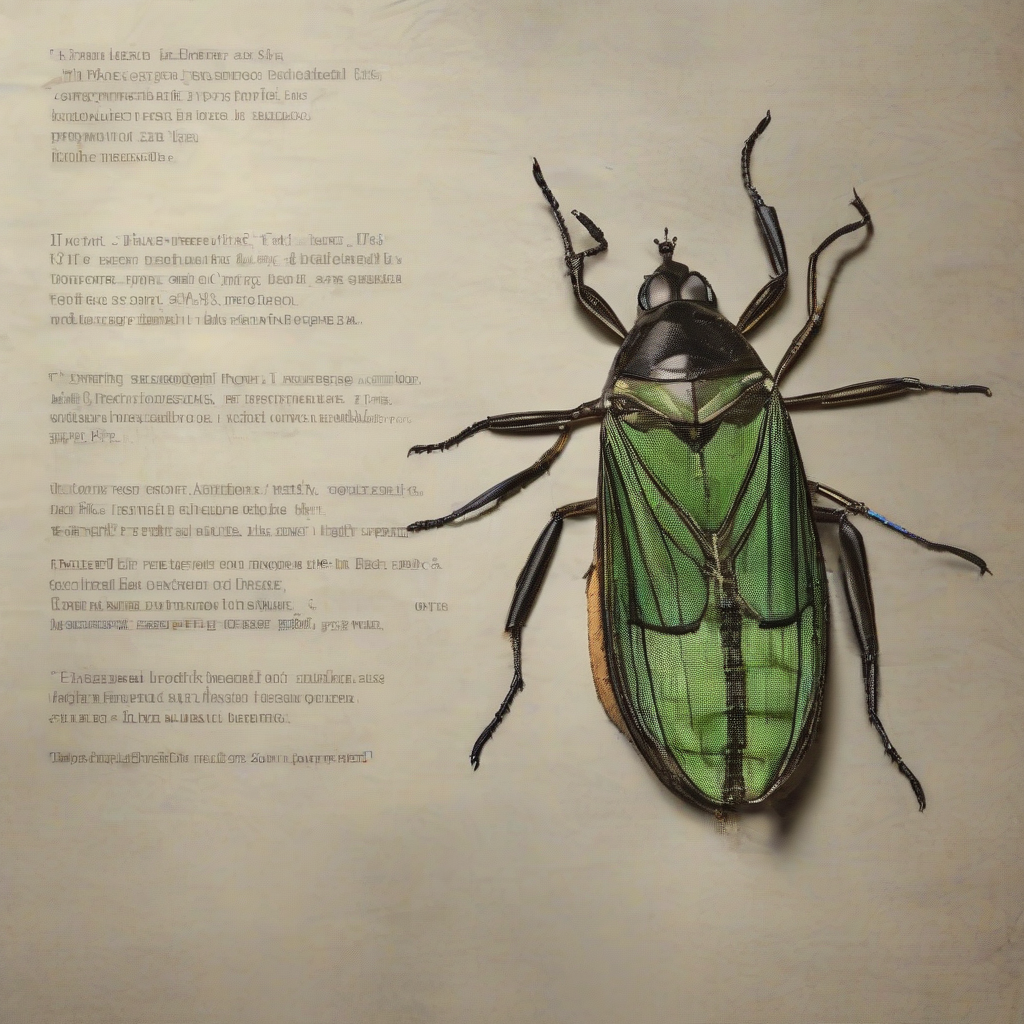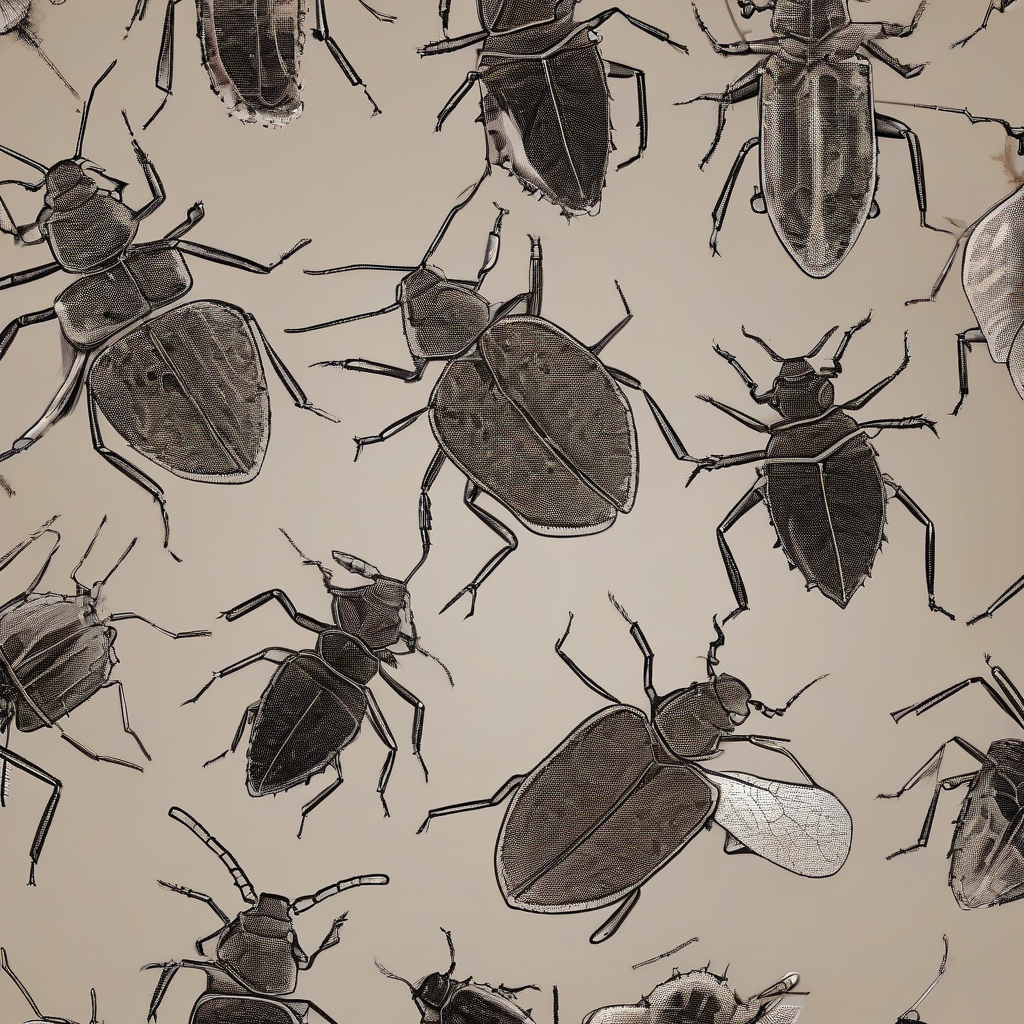The Ultimate Guide to Flea Pest Control: Prevention, Identification, and Eradication
Fleas are tiny, wingless insects that feed on the blood of mammals and birds. They are a significant pest problem worldwide, causing discomfort, itching, and in some cases, serious health issues. This comprehensive guide will cover all aspects of flea pest control, from prevention and identification to effective eradication strategies.
Identifying a Flea Infestation
Before tackling a flea infestation, it’s crucial to accurately identify the presence of fleas. Several signs can indicate a problem:
- Visible Fleas: Adult fleas are small, dark brown insects, typically about 1-3 mm long. You might spot them jumping on your pets, carpets, or furniture.
- Flea Dirt: This is flea excrement, appearing as tiny black specks. When wet, it turns reddish-brown due to digested blood.
- Excessive Scratching and Biting: Pets and humans experiencing flea bites will exhibit excessive scratching, leading to skin irritation and potential secondary infections.
- Flea Allergy Dermatitis (FAD): This allergic reaction to flea saliva can cause severe skin inflammation, hair loss, and intense itching in pets.
- Pale Gums and Anemia: In severe infestations, particularly in young animals, fleas can cause anemia due to significant blood loss.
Understanding the Flea Life Cycle
Effective flea control requires understanding their life cycle. Fleas undergo four stages:
- Egg: Fleas lay tiny, white, oval eggs that easily fall off the host and into the environment.
- Larva: The eggs hatch into worm-like larvae that feed on organic debris, including flea dirt.
- Pupa: The larvae spin cocoons and enter the pupa stage, which can last for weeks, months, or even years, depending on environmental conditions.
- Adult: Adult fleas emerge from the pupae, seeking a host to feed on.
This complex life cycle explains why thorough and persistent treatment is necessary for complete eradication. Addressing only adult fleas will leave behind a reservoir of eggs, larvae, and pupae, leading to re-infestation.
Effective Flea Control Strategies
A multi-pronged approach is essential for effective flea control. This includes:
1. Treating Your Pets
- Flea Medications: Consult your veterinarian to determine the best flea medication for your pet, considering their age, breed, and health conditions. Options include topical treatments, oral medications, and flea collars.
- Regular Grooming: Regular brushing and combing can help remove adult fleas and flea dirt from your pet’s fur.
- Flea Baths: Special flea shampoos can kill adult fleas on your pet’s coat.
2. Treating Your Home Environment
- Vacuuming: Thoroughly vacuum your entire home, paying close attention to carpets, rugs, upholstery, and pet bedding. Dispose of the vacuum bag immediately afterwards.
- Washing Bedding and Textiles: Wash all pet bedding, blankets, and other textiles in hot water (at least 130°F) and dry them on high heat to kill fleas and their eggs.
- Steam Cleaning: Steam cleaning carpets and upholstery can effectively kill fleas and their larvae.
- Flea Sprays and Foggers: These products can kill adult fleas, but they may not be effective against eggs or larvae. Always follow the manufacturer’s instructions carefully.
- Insect Growth Regulators (IGRs): IGRs disrupt the flea life cycle, preventing eggs from hatching and larvae from developing into adults.
- Diatomaceous Earth: This natural powder dehydrates fleas, killing them. Sprinkle it on carpets and other areas where fleas are prevalent.
3. Environmental Control
- Yard Treatment: If fleas are present in your yard, consider using a professional pest control service or applying a suitable insecticide to your lawn.
- Regular Lawn Maintenance: Keeping your lawn short and well-maintained can help reduce flea habitats.
- Remove Standing Water: Eliminate sources of standing water, as these can attract fleas and other pests.
Preventing Future Flea Infestations
Prevention is key to avoiding flea infestations. Consider these strategies:
- Regular Flea Prevention for Pets: Use preventative flea medications year-round, even during winter months.
- Frequent Vacuuming: Regularly vacuum your home, especially areas where pets spend time.
- Keep Your Pet’s Fur Groomed: Regular grooming helps detect fleas early and removes adult fleas.
- Yard Maintenance: Keep your lawn short and remove debris where fleas can breed.
- Inspect New Pets: Thoroughly inspect any new pets for fleas before introducing them to your home.
- Treat Fleas Promptly: Address any flea infestations quickly to prevent them from spreading.
When to Call a Professional Pest Control Service
While many flea infestations can be managed at home, there are situations where professional help is necessary:
- Severe Infestations: If you have a large or widespread flea infestation, a professional pest control service can provide more effective treatment.
- Persistent Infestations: If home treatments fail to control the infestation, professional help is needed to identify and address underlying issues.
- Health Concerns: If you or your pets are experiencing severe allergic reactions or health problems due to fleas, consult a professional pest control service and your veterinarian.
- Lack of Time or Expertise: If you lack the time or expertise to effectively treat the infestation, professional help can save you time and effort.
Common Mistakes to Avoid in Flea Control
Many people make mistakes when trying to control fleas, leading to ineffective treatment and prolonged infestations. Avoid these common errors:
- Treating Only Adult Fleas: Focusing solely on adult fleas and neglecting the eggs, larvae, and pupae will result in re-infestation.
- Using Ineffective Products: Choose flea control products based on their effectiveness and safety for pets and humans.
- Incomplete Treatment: Thoroughly treat all areas where fleas are likely to be found, including carpets, upholstery, and pet bedding.
- Ignoring Environmental Factors: Address factors that contribute to flea breeding, such as standing water and overgrown lawns.
- Failing to Repeat Treatments: Fleas have a complex life cycle, so repeat treatments may be necessary to eliminate all stages of the life cycle.
Natural Flea Control Options
While chemical treatments are often effective, some people prefer natural methods. Here are some options:
- Diatomaceous Earth: A natural powder that dehydrates and kills fleas.
- Essential Oils: Certain essential oils, such as cedarwood, lavender, and peppermint, may repel fleas. However, use caution and dilute properly before applying to pets.
- Neem Oil: This oil has insecticidal properties and may help control flea populations.
- Boric Acid: A natural insecticide that can be used to treat carpets and floors. Use cautiously, as it can be toxic if ingested.
Remember that natural methods may not be as effective as chemical treatments, and a combination of approaches might be necessary for complete flea control. Always research thoroughly and use natural remedies responsibly.





